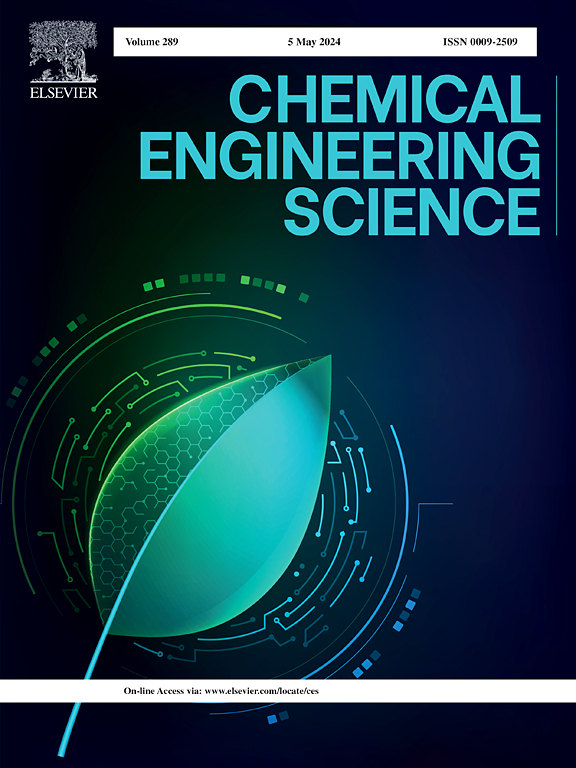A minimal-parameterization of the single-solute breakthrough-curve model: Statistical and predictive inference
IF 4.1
2区 工程技术
Q2 ENGINEERING, CHEMICAL
引用次数: 0
Abstract
A minimal parameterization of the single-solute breakthrough-curve model is presented. The mathematical model is free of empirical parameter assumptions and encompasses only one unknown parameter: a dimensionless number representing the ratio of adsorption time and lag in breakthrough time. Quadratic programming is used to obtain the closest thermodynamically-consistent, twice-continuously differentiable, and piecewise cubic to experimental isotherm data, avoiding the need to force the isotherm to adopt a specific functional form. As an application of the model (and using a numerical method affording an apparent second-order convergence), the rate constant is inferred from breakthrough-curve experiments of CO in He adsorbing onto zeolite 13X. Maximum a posteriori estimates show remarkable agreement with experiment. With a reduced parameter space, posterior distributions and predictive intervals can be estimated more efficiently with numerical quadrature than a Monte Carlo method. The minimal parameterization of the single-solute breakthrough-curve model sets the stage for extentions to situations in which velocity changes are significant or multiple components adsorb.
单溶质突破曲线模型的最小参数化:统计和预测推断
提出了单溶质突破曲线模型的最小参数化方法。数学模型没有经验参数假设,只包含一个未知参数:一个代表吸附时间和突破时间滞后比的无量纲数。二次规划用于获得与实验等温线数据最接近的热力学一致性、两次连续可微性和分段三次性,避免了强制等温线采用特定函数形式的需要。作为该模型的应用(并采用了一种具有明显二阶收敛性的数值方法),速率常数由CO22在He吸附在13X沸石上的突破曲线实验推导。最大后验估计与实验结果非常吻合。在参数空间减小的情况下,用数值正交法可以比蒙特卡罗方法更有效地估计后验分布和预测区间。单溶质突破曲线模型的最小参数化为扩展到速度变化显著或多组分吸附的情况奠定了基础。
本文章由计算机程序翻译,如有差异,请以英文原文为准。
求助全文
约1分钟内获得全文
求助全文
来源期刊

Chemical Engineering Science
工程技术-工程:化工
CiteScore
7.50
自引率
8.50%
发文量
1025
审稿时长
50 days
期刊介绍:
Chemical engineering enables the transformation of natural resources and energy into useful products for society. It draws on and applies natural sciences, mathematics and economics, and has developed fundamental engineering science that underpins the discipline.
Chemical Engineering Science (CES) has been publishing papers on the fundamentals of chemical engineering since 1951. CES is the platform where the most significant advances in the discipline have ever since been published. Chemical Engineering Science has accompanied and sustained chemical engineering through its development into the vibrant and broad scientific discipline it is today.
 求助内容:
求助内容: 应助结果提醒方式:
应助结果提醒方式:


